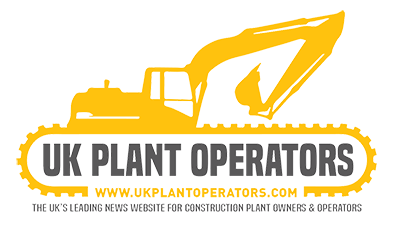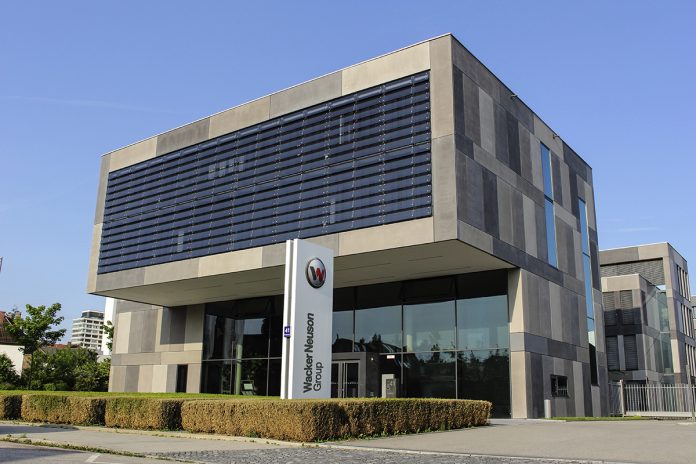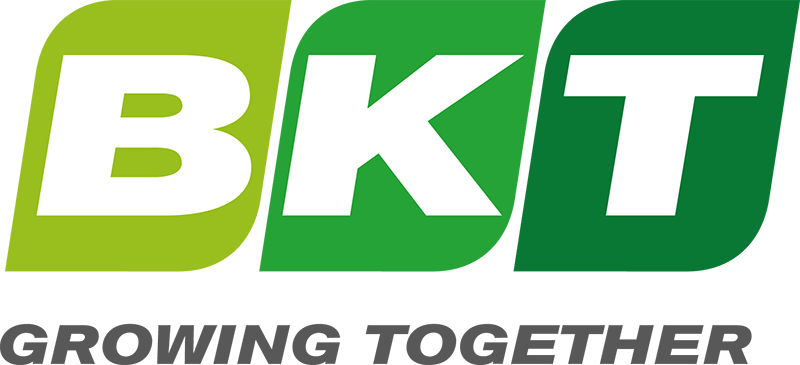![]()
Leading light and compact equipment manufacturer the Wacker Neuson Group reported revenue of EUR 796.7 million for the first half of 2020. This corresponds to a drop of 16.4 percent relative to the prior-year period (H1/19: EUR 952.6 million). “After a positive start to fiscal 2020, the economic situation took a sharp downturn from the middle of March onwards due to the rapid spread of the coronavirus. Widespread lockdowns created extremely challenging conditions for our business and disrupted supply chains. Interruptions to our customers’ construction activity and the high degree of uncertainty surrounding the future development of the pandemic had a clearly negative impact on investment behavior in the industry,” explains Martin Lehner, CEO of the Wacker Neuson Group. Revenue for the second quarter fell by 25.4 percent (revenue Q2/20: EUR 385.9 million; Q2/19: EUR 517.2 million).
Regional trends
Europe’s share of total revenue increased noticeably during the first half of 2020 to reach 79.3 percent (H1/19: 72.7 percent). Some European markets, in particular central European countries, were not as strongly impacted by the Covid-19 pandemic as the Americas. As a result, revenue for Europe decreased by a relatively low 8.8 percent (H1/20: EUR 631.4 million; H1/19: EUR 692.5 million).
In the construction sector, Germany, Austria and Switzerland in particular proved to be robust. The Group benefited here from its extensive direct sales network, through which it offers customers a wide range of flexible rental, sales and service solutions. This helped soften the impact of widespread lockdowns in southern European countries, France and the UK. The Group’s business with customers in the agricultural sector also had a stabilizing effect. Revenue in this industry grew 0.9 percent to EUR 153.4 million (H1/19: EUR 152.0 million).
The Americas region has been particularly hard hit by the Covid-19 pandemic, depressing H1 revenue 38.0 percent to EUR 143.4 million (H1/19: EUR 231.2 million). This drop was primarily attributable to key accounts, including rental companies, adopting an extremely cautious approach to investments. The US continues to experience very high infection rates. As such, uncertainty regarding the future development of the pandemic there remains particularly high.
Revenue for the first half of 2020 in Asia-Pacific contracted 24.2 percent to EUR 21.9 million (H1/19: EUR 28.9 million). In China, the effects of the coronavirus were primarily felt in the first quarter. The Chinese production plant in Pinghu and the Chinese dealer organization were temporarily brought to a complete standstill by lockdown measures. However, production restrictions were almost fully reversed by April, enabling Q2 revenue to grow at a high single-digit rate relative to the prior year. The situation was different in Australia, where the Group reported double-digit percentage revenue losses in both reporting quarters.
Profitability shaped by a sharp downturn in sales volume and an impairment loss on goodwill
Profit before interest and tax (EBIT) for the first half-year fell 41.5 percent to EUR 50.4 million (H1/19: EUR 86.2 million). The EBIT margin amounted to 6.3 percent (H1/19: 9.0 percent). The sharp downturn in sales volume and the goodwill impairment attributed to the US subgroup in the amount of EUR 9.5 million, included in earnings for the second quarter, were the main factors that impacted on profit here. Strict cost control measures, using up hours in flextime accounts, pulling forward plant holidays and the first positive effects from the Group’s cost reduction and efficiency enhancement program – which was initiated before the outbreak of the Covid-19 pandemic – all had a positive impact. The Group also implemented a range of short-time work models in light of the rapid drop in demand. EBIT for the second quarter amounted to EUR 21.5 million and the EBIT margin settled at 5.6 percent (Q2/19: EUR 55.2 million; EBIT margin: 10.7 percent).
The financial result for the first six months of the year amounted to EUR -13.8 million (H1/19:
EUR -6.4 million) and was influenced by currency effects in the amount of EUR -7.8 million (H1/19:
EUR -0.5 million). The majority of these negative effects were related to internal Group liabilities. The sharp decline in the value of several currencies that are heavily dependent on commodity market trends had a particular impact here. The financial result for the second quarter amounted to EUR -1.6 million (Q2/19: EUR -5.3 million).
Tax expenditure came to EUR 13.9 million in the first half of the year and to EUR 7.6 million in the second quarter (H1/19: EUR 25.4 million; Q2/19: EUR 16.3 million). This corresponds to a tax rate of 38.0 and 38.2 percent respectively (H1/19: 31.8 percent; Q2/2019: 32.7 percent). The tax rate for the second quarter thus deviates from the rate communicated (around 51 percent) when the preliminary figures were published. This is due to international accounting standards, which require that the effect of one-off items are spread over the fiscal year as a whole. In line with this, the tax rate for the first quarter of 2020 has also been adjusted retrospectively (for more information, see p. 26 in the Notes to the half-year report).
The increase in the tax rate relative to the previous year is attributable on the one hand to the negative earnings reported by affiliates for which no deferred taxes could be capitalized. At the same time, existing deferred tax assets also had to be partly written down. Furthermore, the negative effects related to internal Group liabilities and the goodwill impairment are not tax-deductible.
Profit for the first six months of the year amounted to EUR 22.7 million (H1/19: EUR 54.4 million). This corresponds to earnings per share of EUR 0.32 (H1/19: EUR 0.78). Q2 profit was posted at
EUR 12.3 million (Q2/19: EUR 33.6 million) with earnings per share coming in at EUR 0.18 (Q2/19:
EUR 0.48).
Free cash flow climbs to high double-digit figure
Enabled by the significant reduction in inventory and a cautious investment policy, free cash flow for the first half of the year was clearly positive at EUR 92.9 million. In the previous year, a sharp rise in net working capital had resulted in a negative free cash flow (H1/19: EUR -184.5 million). Cuts were made to the plants’ production programs early on in response to the effects of the Covid-19 pandemic. Despite the challenging demand situation, the Executive Board expects to see inventory fall to around EUR 500 million by the end of the year.
Continued high levels of uncertainty for the remainder of the year
On April 21, 2020, the Executive Board of the Wacker Neuson Group withdrew its guidance for fiscal 2020 in response to the Covid-19 pandemic and the resulting uncertainty regarding business development. As it remains impossible to predict the effects the pandemic could have on the global economy and on the Group’s sales markets and supply chains, it is still not feasible to formulate reliable, concrete new guidance. The Executive Board expects, however, that revenue and the EBIT margin for fiscal 2020 will be considerably lower than in the previous year (revenue 2019: EUR 1,901.1 million; EBIT margin 2019: 8.1 percent).
The Executive Board is managing the current situation by implementing numerous measures to secure liquidity and intensify its program for reducing costs and increasing efficiency. In light of the current demand situation, the Group’s production facilities are also still running at reduced capacity.
The company is also re-evaluating all planned investments and – wherever possible and advisable – aims to postpone these in order to further secure liquidity. The Executive Board now expects investments in tangible and intangible assets originally planned at between EUR 80 and 100 million to amount to around EUR 80 million in fiscal 2020 (2019: EUR 89.2 million). With regard to the Group’s investments to expand both of its German production facilities in Korbach and Pfullendorf, construction work at these two sites, which had started before the Covid-19 pandemic, will continue for economic reasons.
The Group remains committed to further reducing net working capital. The Executive Board expects this to be significantly lower than the prior-year figure by the end of 2020 (December 31, 2019: EUR 811.7 million).
With positive free cash flow for the first half of the year, plans to further reduce net working capital, a stringent investment policy and strict cost control measures in place, the Group will continue to have sufficient liquid funds at its disposal in the second half of the year. In light of the exceptionally high levels of uncertainty related to the further development of the coronavirus crisis, the Executive Board nonetheless plans to boost its liquidity reserves by a further EUR 50 million through the placement of a promissory note (Schuldschein) in August.
























